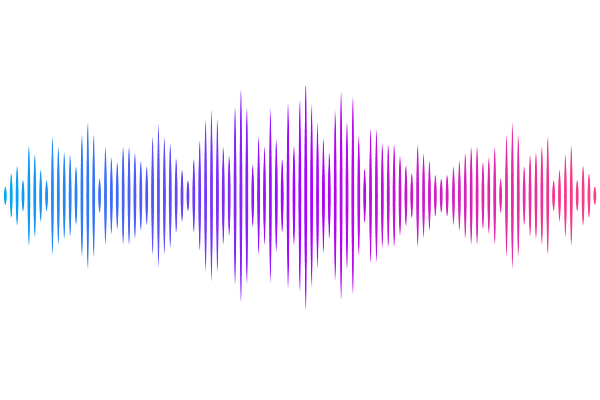Survivors and Zombies: The Quenching and Disruption of Satellites around Milky Way Analogs

Survivors and Zombies: The Quenching and Disruption of Satellites around Milky Way Analogs
Debosmita Pathak, Charlotte R. Christensen, Alyson M. Brooks, Ferah Munshi, Anna C. Wright, Courtney Carter
AbstractIt is necessary to understand the full accretion history of the Milky Way in order to contextualize the properties of observed Milky Way satellite galaxies and the stellar halo. This paper compares the dynamical properties and star-formation histories of surviving and disrupted satellites around Milky Way-like galaxies using the DC Justice League suite of very high-resolution cosmological zoom-in simulations of Milky Way analogs and their halo environments. We analyze the full census of galaxies accreted within the past 12 Gyrs, which including both surviving satellites at $z=0$, and dwarf galaxies that disrupted and merged with the host prior to $z=0$. Our simulations successfully reproduce the trends in $M_*$-[Fe/H]-[$\alpha$/Fe] observed in surviving Milky Way satellites and disrupted stellar streams, indicating earlier star-formation for disrupted progenitors. We find the likelihood and timescales for quenching and disruption are strongly correlated with the mass and time of infall. In particular, none of the galaxies accreted more than 12 Gyrs ago survived, and only 20% of all accreted galaxies with $M_*>10^8M_\odot$ survive. Additionally, satellites with highly radial trajectories are more likely to quench and disrupt. Disruption proceeds quickly for $\geq10^6M_\odot$ satellites accreted $10{-}12$ Gyr ago, often on timescales similar to the $\sim300$ Myr snapshot spacing. For high-mass satellites, the disruption timescale is faster than the quenching timescale. As a result, 92% of disrupted galaxies remain star-forming up until disruption. In contrast, Ultra Faint Dwarfs (UFDs) tend to quench prior to accretion, and 94% of UFDs accreted up to 12 Gyr ago survive at $z=0$.